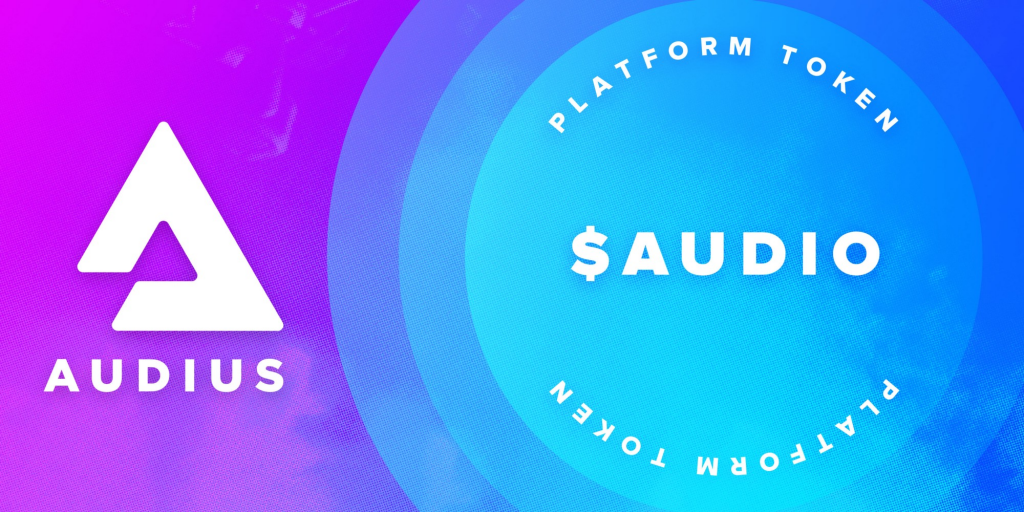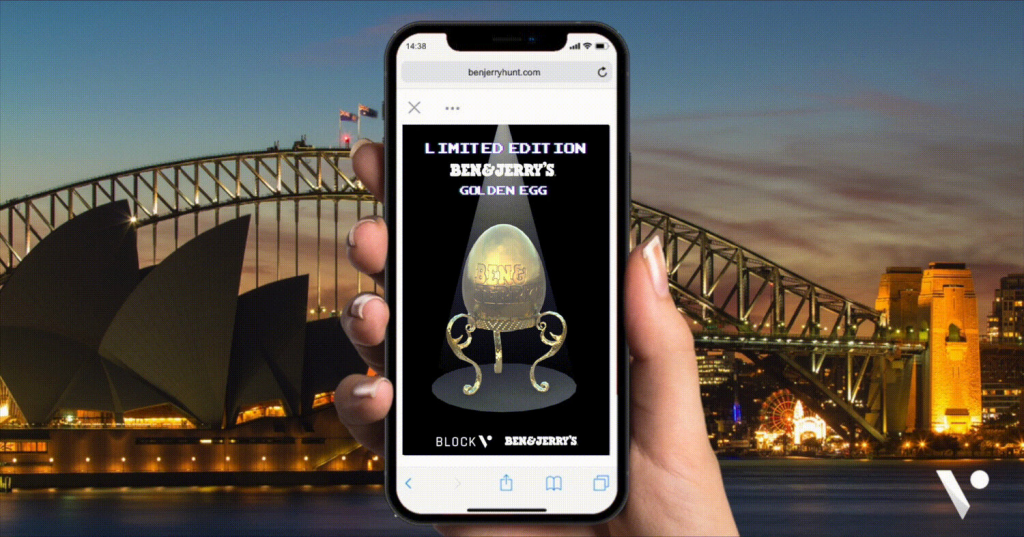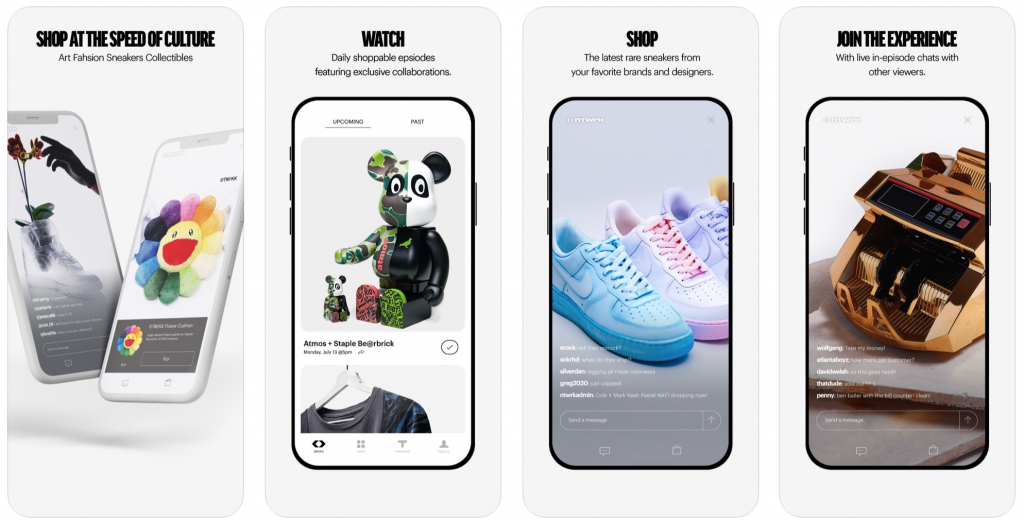Understanding the Attention Economy – And its implications for the Advertising Industry
What would be the most scarce resource in today’s information-rich world? If your answer is highly skilled talent (labour) or funding (capital), you would be far from the truth!
If Thomas H. Davenport and John C. Beck of the Accenture Institute for Strategic Change are to be believed, then attention is the most valuable and scarce resource for brands and organizations to gain a competitive edge, especially when it comes to increasing employee morale, customer engagement and capturing market share!
Attention: The New Mantra For Success
“Understanding and managing attention is now the single most important determinant of business success.”
~ Thomas H. Davenport & John C. Beck
In their path breaking book, The Attention Economy, Davenport & Beck make a compelling case that unless organizations learn to effectively capture, manage, and maintain attention, both within the organization as well as in the marketplace, they’ll lose out to competitors who are able to manage this intangible resource in a better and more structured way.
As marketing professionals, this statement rings true for us, with most brands trying hard to capture the customer’s attention, especially when faced with a double whammy of reducing attention span and increasing distractions caused by other online services and providers.
The Wealth Of Information Means The Poverty Of Attention
The term “attention economy” was coined by the American economist, political scientist and cognitive psychologist Herbert A. Simon, who explained the correlation between information & attention, and how they follow the laws of demand and supply.
His famous quote: “A wealth of information creates a poverty of attention,” makes complete sense for marketing practitioners who have to literally struggle to capture user’s attention, especially when faced with a plethora of exciting apps and websites which are competing for the user’s attention.
Pay Attention To Where You Pay Attention
The growth of the Internet in the mid-90’s led theoretical physicist Micheal Goldhaber to claim that the international economy was migrating from a material-based economy to an attention-based economy. His main point of contention being the numerous services offered for free on the internet.
In the book Virtual Community, Howard Rheingold lays out a fundamental guidelines to attention:
Attention is a limited resource, so pay attention to where you pay attention.
How can marketers benefit from the ‘Attention Economy’?
As brand custodians & managers, we are inclined to create more immersive experiences for customers in order to get them to spend more time & attention on our digital properties such as microsites, apps, social media pages, etc. User experience designers understand that every product is competing for the customer’s valuable attention, especially in today’s hyper-competitive market, where there are plenty of resources available to customers for free. It’s essential to understand that ‘attention’ is not simply a resource but a form of currency, with users paying for services with their attention.
Marketers can explore creating rewarding experiences for user’s attention, in the form of:
Reward Tokens
This one’s a no-brainer with multiple brands offering loyalty points to customers, in order to increase retention.
Brands can explore creative ways of making users want to collect these tokens and redeem them for enhanced features, or to unlock exclusive offers & deals.
Lifestyle brands can even go to the extent of creating special edition products in limited quantities, which can only be earned by ‘super-fans’ when they redeem their loyalty tokens.
Case Study: Music streaming app Audius gives musicians the opportunity to create their own community and monetize their work by earning the platform’s native tokens called #Audio

Personalized Experiences Curated for Users
Brands can look at rewarding their loyalists by creating ‘bonus content’ such as ‘Behind The Scenes’ (BTS) footage, or curate unique experiences such as personalized interaction with celebrities.
The idea here is to create one-of-its-kind rewarding experiences that cannot be bought but has to be earned by users by giving their attention.
Case Study: The mobile-first video shopping platform NTWRK releases specially curated products and offers them via ‘Air Drops’ and ‘lucky draws’ to its community of sneakerheads.

Unique Digital Rewards
One of the interesting consumer insights reveals that fans are excited to ‘collect’ experiences and these can range from physical objects to digital artifacts.
Brands can take advantage of this by creating Non-Fungible Tokens (NFTs) such as artworks, avataars, sound tracks, video clips, etc., which can be given as rewards to customers in exchange for their attention
Case Study:
As part of it’s Easter Hunt campaign, Ben & Jerry’s created 10 limited edition, golden egg NFTs, which fans had to find and collect.

In the next part of this post, we’ll see how ‘Attention’ is being commoditized and traded as a cryptocurrency token and how it can be harnessed by marketers and media planners to ensure a win-win model for the brands, the consumers and the marketing intermediaries.
